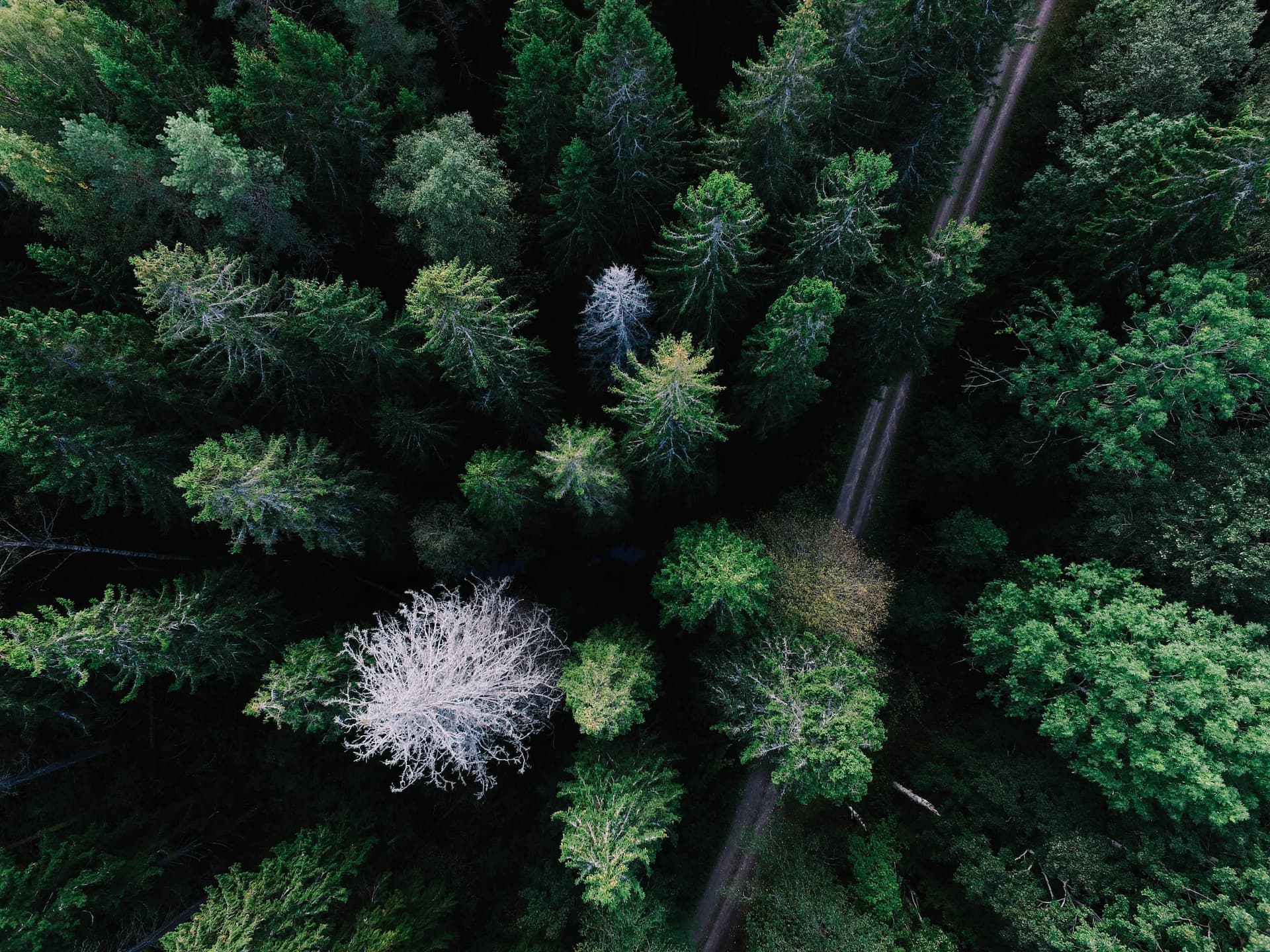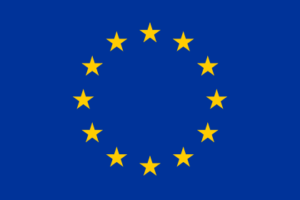Authors: Andrew Collins, Krista Doersch, Laura Herszenhorn, Rebecca Johnson, Clea Matson, and Alison Young
California Academy of Sciences – CITIZEN SCIENCE TOOLKIT
https://www.calacademy.org/educators/citizen-science-toolkit
Where can you build on or add in the aspects of the scientific inquiry process that the citizen science project does not explicitly address? How can students continue to participate outside of class time?
Maintain a scientist’s notebook
Have your students keep a log while participating in the citizen science project. Students should include what they noticed, anything new they learned, and especially what questions they thought of while participating. Once the project is complete, students can use these logs to categorize questions as those they could try to answer based on the data collected, those related to the project that would require different data to answer, or those that require background research. Follow up could include:
- Questions to answer based on data collected: Have students develop hypotheses based on their question, then analyze their data. This could be as simple as looking for trends or as complicated as running statistics. Students can graph data in a variety of ways to help visualize results.
- Questions related to the project that would require different data to answer: Have students develop hypotheses based on their question, then brainstorm what methods and protocols they would have to follow to accurately answer it. What sort of data would be needed to support their hypotheses?
- Questions that can be answered with some research: Give students an opportunity to use the library or a computer to find out more about their topic.
Notebooking resources:
- Science Notebook Corner – Learn how the practice of keeping a notebook can help your students think more scientifically and recognize patterns in their observations. Sample our easy-to-implement strategies to help you get started with science notebooking.
- Scientist’s Notebook (PDF) This template can be used alongside the citizen science project to help your students think more deeply about their process and develop new questions.
Communicate results
Have your students communicate the results of their participation in a citizen science project using the evidence from the data to support their conclusions. There are many options for how to share results: write a report, create posters, give a presentation, or start a social media campaign, to name a few examples.
Construct a Scientific Explanation (PDF) Use this template to help students construct a strong scientific explanation using three essential elements: a claim, evidence, and reasoning.
Become a regular
Even if the semester is over, students can continue to collect data and connect with the vast citizen science community on their own time. Look out for local citizen science events, like BioBlitzes or bird counts, to continue to engage students in hands-on investigations. Online project platforms also make it easy to contribute and participate. Your students may even discover something new, like the 10-year-old who uploaded the first recorded sighting of a Social Flycatcher in California to iNaturalist.
In addition to the large-scale projects below, check your local parks or nature centers for upcoming events.
- National Park BioBlitz – The National Park Service hosts a nation-wide quest to discover and document biodiversity with BioBlitzes all over the country.
- BioBlitzes: Discover Nature – California Academy of Sciences also organizes events around the Bay Area and beyond.
- Christmas Bird Count – The nation’s longest-running citizen science bird project fuels Audubon science throughout the year.
User Type
- Teacher/school
Resource type
- Step by step guides
Research Field



